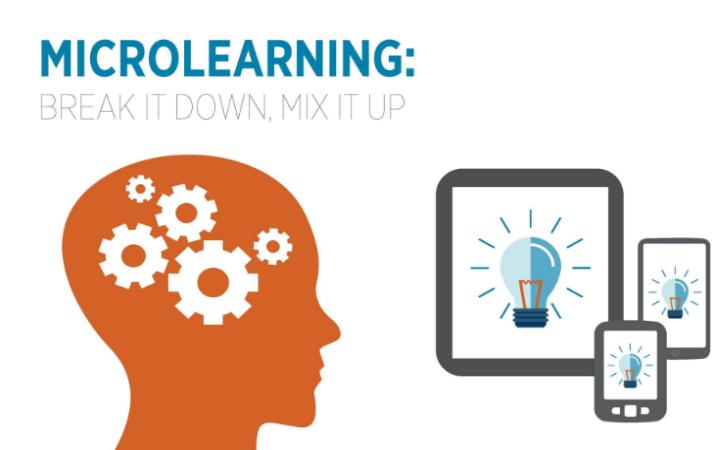“There are no definitions of microlearning. There are lots of opinions, some of which are labeled as definitions.” (That’s probably not an exact quote–I’m going by my memory and notes of a presentation.)
Karl and Robyn acknowledge that this concept of microlearning is nebulous. In the first chapter, they share several definitions by others and provide this definition:
Microlearning is an instructional unit that provides a short engagement in an activity intentionally designed to elicit a specific outcome from the participant.
Note that they aren’t defining it by a specific time, but by an outcome. I have found that approach helpful in my work. If I start by focusing on just a single outcome, then the answer to “how long?” is “as long as it takes to meet that outcome.” Instead of artificially limiting an activity by time, it’s based on the limit of the instructional design.
Good Design in Microlearning
One recurring theme of the book is that good design still applies even when you’re creating short learning activities. Microlearning, like any learning initiative, benefits from thoughtful planning and design to meet the needs. You still have to plan, determine outcomes, choose appropriate methods, implement, and evaluate (the last being a step too often overlooked even in longer training).
The book will be especially helpful for “accidental instructional designers” and people just getting started in the field. Section 1 “Foundations” provides a review of learning theories, spaced learning, project planning, and evaluation. Those concepts can apply to any training, but the book notes how they apply to microlearning in particular.
Folks with more experience may be able to jump right into section 2 on Planning and Development, skimming or skipping the foundations in section 1.
Read Article: Can uLektz be the BYJUS of Higher Education
Planning and Developing Microlearning
In addition to the overall principles of good design, microlearning requires a few special considerations.
- If this is a new type of training in your organization, you may need to do more change management to convince people.
- In microlearning, you have to focus even more on writing succinctly; every word matters in a 5 minute video or simulation.
- An LMS that works great for traditional training formats may not be the best platform for helping people access microlearning, especially if they need it in their workflow.
Descriptions of microlearning in action connect the theory and principles to specific situations and cases. The examples show a wide range of applications; microlearning can look very different from one organization to the next.
COURTESY: eLearning Learning
Download uLektz Apps for Latest Educational News / Events / Scholarships
Follow us: #facebook #twitter #linkedin also enroll our skill course
